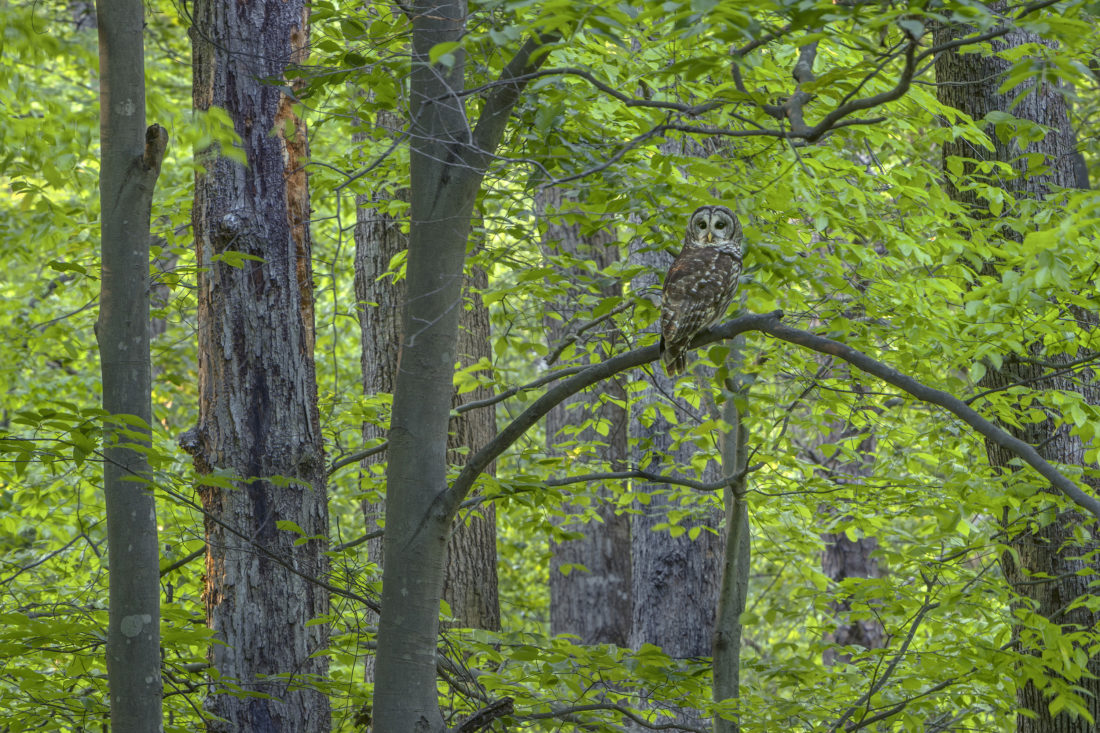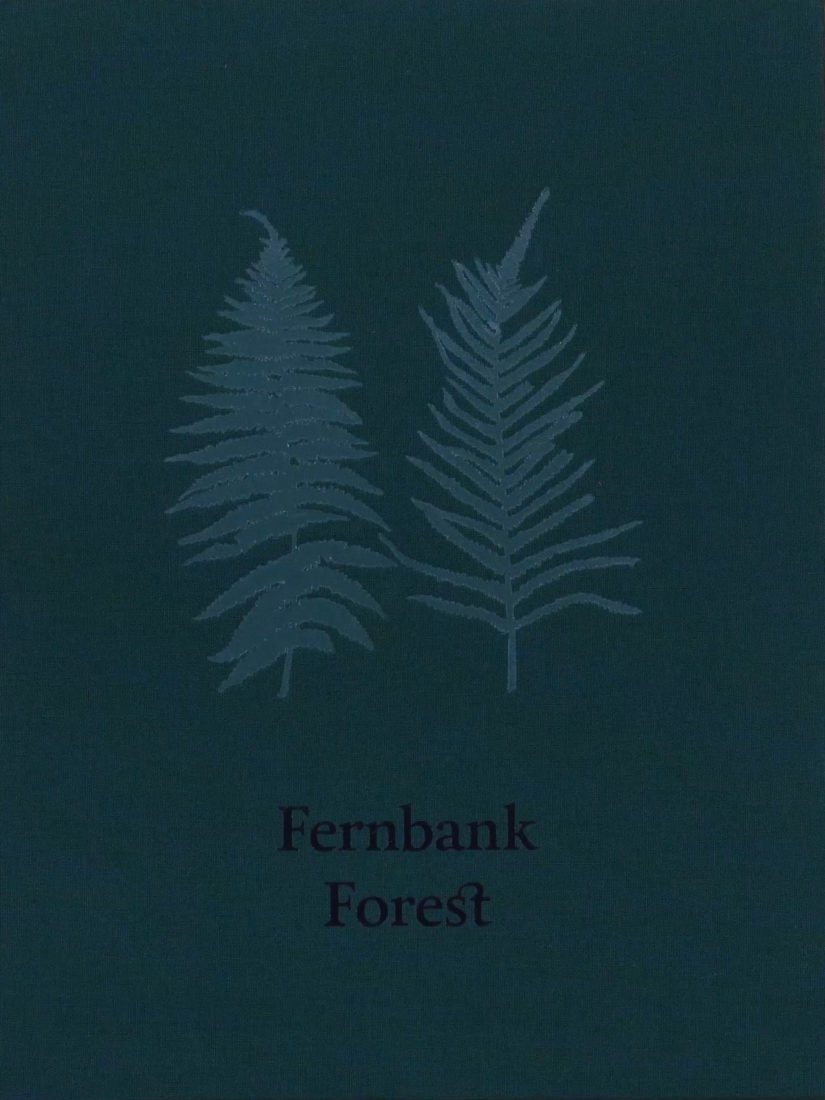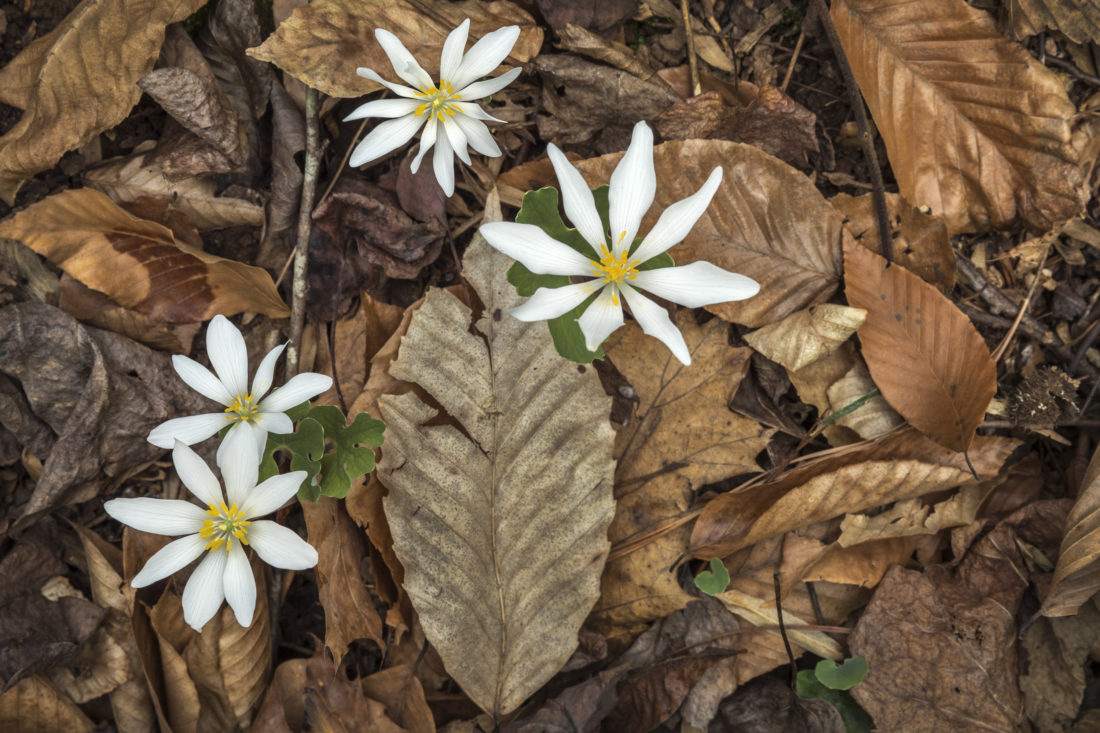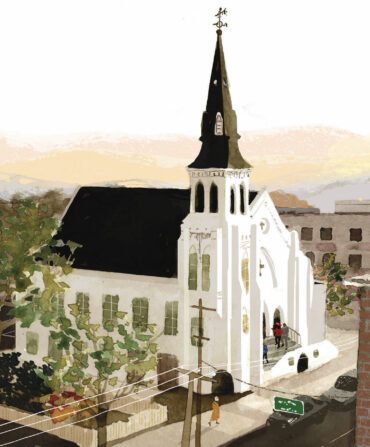By any measure—population, geography, traffic—Atlanta is a metropolis. But you’d never know that standing among the loblolly pines, white oaks, and flowering dogwoods of Fernbank Museum of Natural History’s seventy-five-acre woods. Situated in the city’s Druid Hills neighborhood just south of Emory University, it’s one of the largest urban old-growth forests in the country’s piedmont region, which stretches along the foothills of the Appalachian Mountains from Alabama to New York.

Since the 1930s, a nonprofit—which would evolve into the Fernbank museum—has kept the woods safe from logging and development and used the site as a way to promote nature education. In 2015, the museum began a preservation project to restore the woods and commissioned local photographer Peter Essick to capture it all. “They were digging out invasive species like wisteria and English ivy that grows up trees and over the forest floor so native species can thrive,” says the Stone Mountain-based photographer. “It’s like restoring an old painting: You have to be careful when you remove the dirt to leave in the original aspects.”

This month, Essick released a selection of those photos in a new book, Fernbank Forest, with an accompanying essay by naturalist and writer Janisse Ray and a field guide by Fernbank ecologist Eli Dickerson. “I wanted to show the different moods, lights, and colors of the forest; the life and death and decay cycles,” Essick says. He whittled down the 28,000 photos he’d snapped over two years, choosing dramatic glimpses of both flora—tulip tree flowers and turkey tail fungus—as well as the abundant wildlife such as salamanders, blue jays, and North American river otters that reside in the cool, urban oasis.
One photo of bloodroot, or Sanguinaria canadensis, stands out to Essick. “It was the end of February, and there was an explosion of bloodroot flowers, which are the first wildflowers to bloom in the spring,” Essick says. “I was with some people from Fernbank who were so excited because the area had been heavily covered in ivy that had just been removed. It’s so special to think those seeds had been dormant for however many years, and once you took away the ivy, they were able to flourish.”

As a stunning finale to the book, the last photo, taken by drone, shows the skyline just beyond the end of the trees. “When you’re in the forest, you don’t feel like you’re in a city at all,” Essick says. “I wanted this photo to be the parting image. The viewer is immersed in the forest, but then they’re reminded: By the way, we’re still here in Atlanta.”








